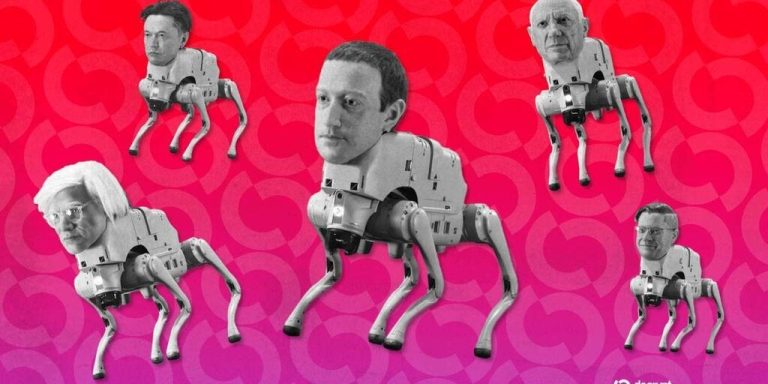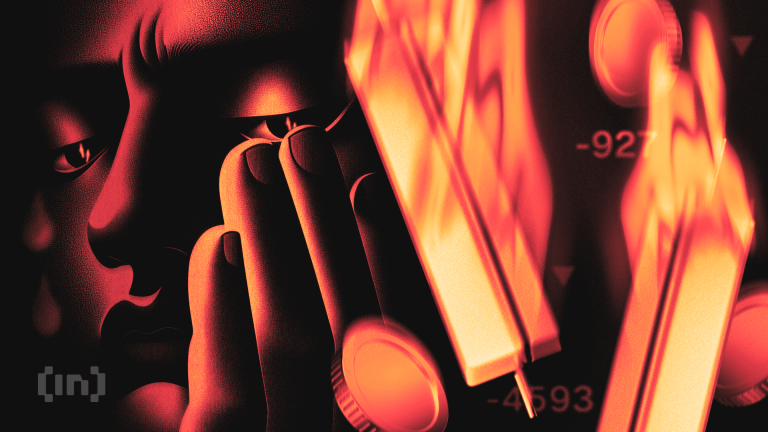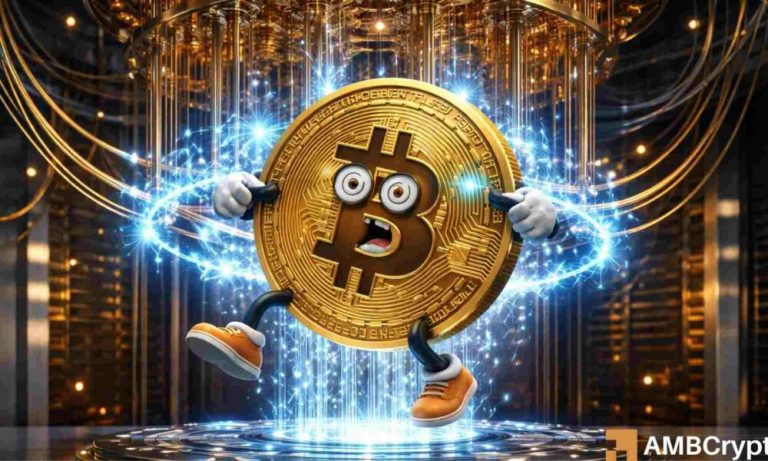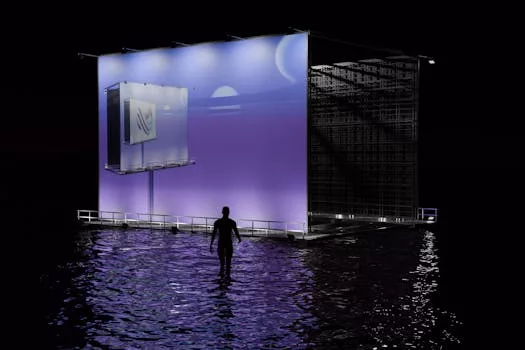
Exploring the Future of Art: Virtual Reality Installations
Takeaways: Virtual reality art installations are transforming the art world by providing immersive experiences that engage audiences in unprecedented ways. Artists are leveraging VR technology to create interactive environments that challenge traditional perceptions of art, allowing viewers to step inside and become a part of the artwork. As this medium continues to evolve, it promises to redefine artistic expression and audience interaction.
In recent years, virtual reality (VR) has emerged as a groundbreaking medium for artistic expression. Artists and creators are harnessing this technology to push the boundaries of traditional art forms, creating immersive experiences that captivate and engage audiences like never before. This article explores the fascinating world of virtual reality art installations, examining their impact on contemporary art and the ways in which they are transforming how we perceive and interact with art.
What Are Virtual Reality Art Installations?
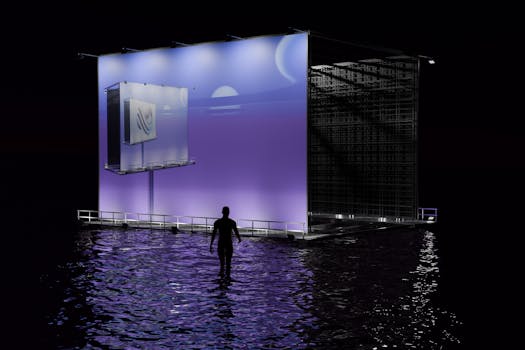
One of the defining characteristics of VR art installations is their interactivity. Viewers are not mere spectators; they become active participants in the artwork, influencing the environment and narrative through their actions. This level of engagement fosters a deeper connection between the audience and the art, enabling a unique exploration of themes and concepts that may not be possible in traditional formats.
The Rise of VR in the Art World
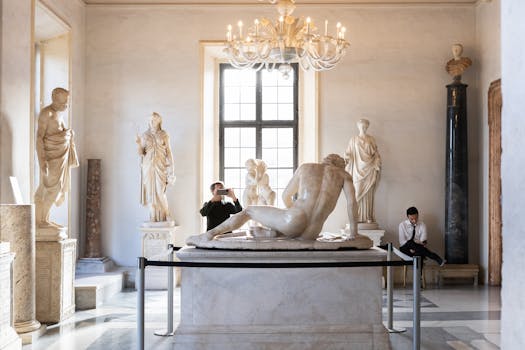
One notable example is the Museum of Modern Art (MoMA) in New York, which has hosted several VR exhibitions, showcasing works that allow visitors to engage with art in innovative ways. Similarly, events like the Venice Biennale have highlighted VR installations, attracting attention from both the art community and the public.
Artists such as James Whitney and Nathalie White have pioneered the use of VR in their work, creating experiences that explore themes of perception, reality, and the human condition. These installations often challenge viewers to rethink their relationship with art and the world around them.
The Impact on Audience Engagement

This immersive quality enhances emotional responses and encourages personal interpretation, as viewers navigate through the virtual space and interact with the elements they encounter. For instance, an installation that simulates a serene forest environment may evoke feelings of tranquility and connection to nature, while a more chaotic VR experience might provoke anxiety or discomfort.
Moreover, VR installations can reach diverse audiences, including those who may not typically engage with traditional art forms. The interactive nature of these experiences can attract younger generations and tech-savvy individuals, fostering a new appreciation for art and creativity.
Challenges and Future Directions
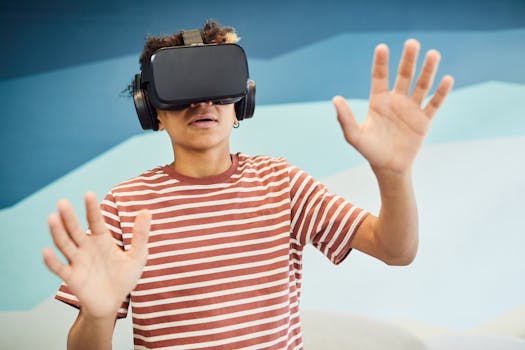
Looking to the future, the potential for virtual reality art installations is vast. As technology advances and becomes more accessible, we can expect to see even more diverse and innovative projects emerging. Collaborative efforts between artists and technologists will likely lead to new forms of expression, pushing the boundaries of what art can be.
Conclusion




